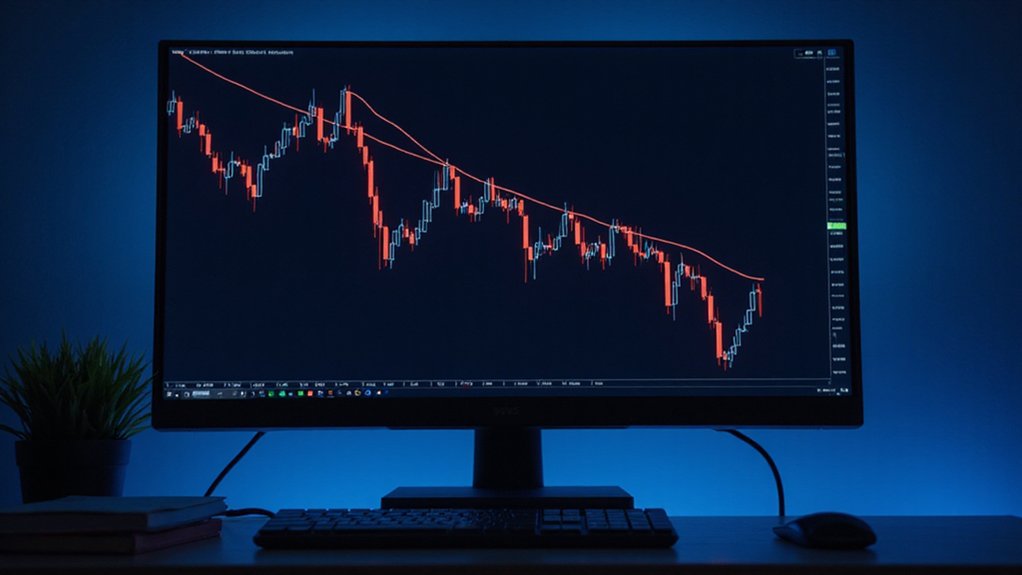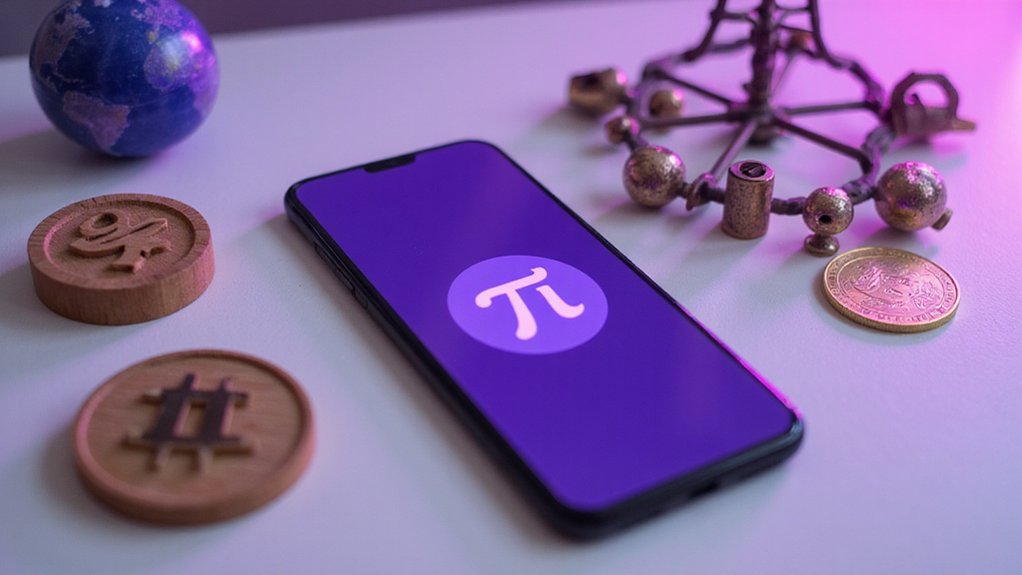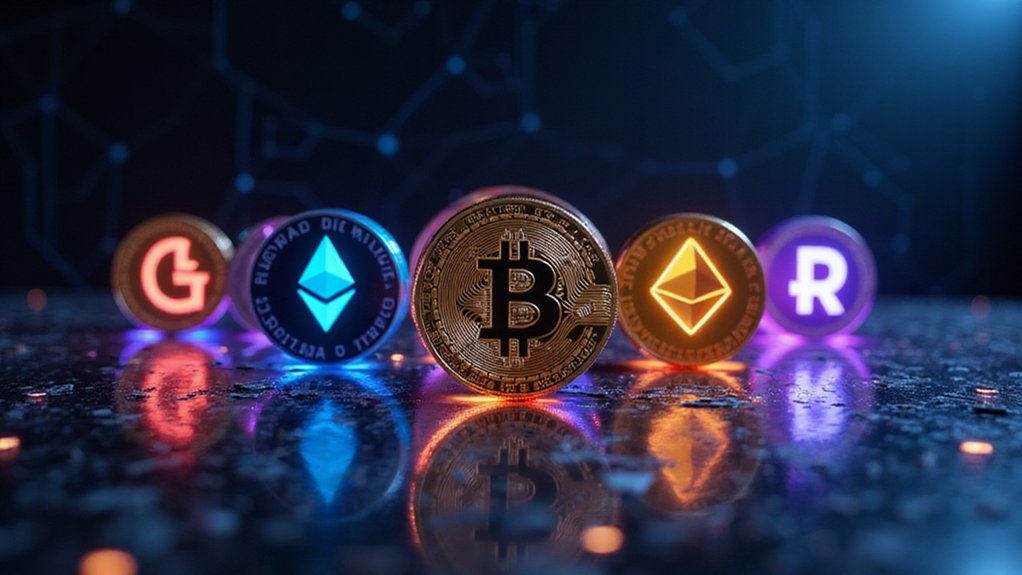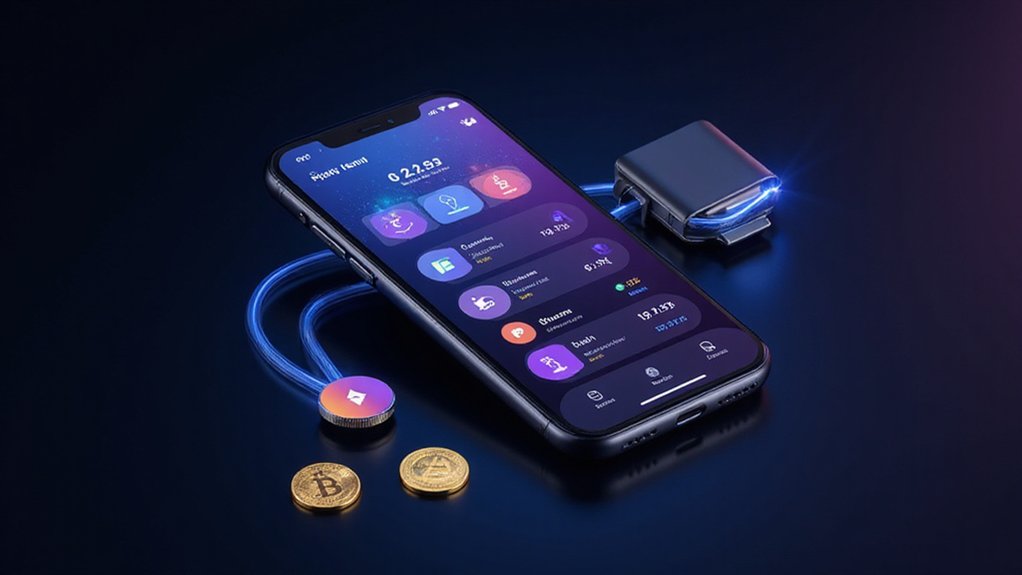The XRP Ledger (XRPL) is a decentralized blockchain platform created in 2012 that eschews energy-intensive mining operations in favor of a validator-based consensus protocol. It processes transactions in 4-6 seconds with negligible fees, making it suitable for both institutional transfers and micropayments. The ledger’s native currency, XRP (currently valued around £2.02), facilitates transactions while deterring network spam. XRPL’s 10+ years of uninterrupted uptime underscores why financial institutions increasingly eye this pragmatic infrastructure.
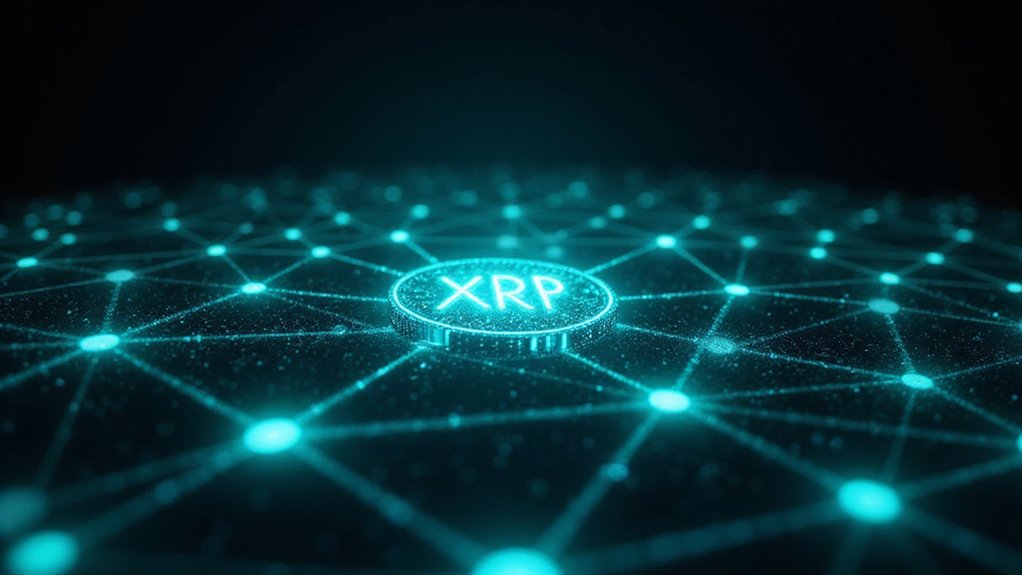
Why has a relatively obscure blockchain technology—the XRP Ledger (XRPL)—garnered increasing attention from financial institutions and developers alike? The answer lies in its elegant fusion of performance and practicality. Created in 2012 by Chris Larsen, this decentralized public blockchain offers something rather uncommon in the cryptosphere: functionality without the fanfare.
While others shout promises, the XRP Ledger quietly delivers—marrying exceptional performance with practical utility in an industry drunk on hype.
XRPL distinguishes itself through its consensus protocol—an innovative departure from the energy-glutton mining operations that power Bitcoin et al. Over 120 active validators (run by a diverse cohort including universities, exchanges, and individuals) confirm transactions nearly instantaneously while consuming negligible energy. The process completes transactions in 4-6 seconds through its efficient consensus mechanism. One might reasonably wonder how this hasn’t become the standard approach, given our planet’s precarious climate situation.
The network’s native digital currency, XRP, serves dual purposes: facilitating transactions and deterring network spam. XRP is currently valued at approximately £2.02 in GBP and experiences notable market fluctuations that traders closely monitor.
Unlike some digital assets that seem to exist primarily as speculative instruments, XRP actually does something—it enables the frictionless transfer of value.
Transaction costs remain remarkably low (a fact that traditional payment processors might find rather inconvenient), making the platform suitable for both high-volume institutional transfers and micropayments alike. With its 10+ years uptime, XRPL has demonstrated unparalleled reliability that few other blockchain networks can match.
XRPL’s technical architecture supports various transaction types beyond simple value transfers—escrows, trust sets, and order book transactions provide the foundation for sophisticated financial applications. This versatility has positioned the ledger as an increasingly viable infrastructure for DeFi, asset tokenization, and NFTs, despite facing stiff competition from newer blockchains.
The system’s security derives from its decentralized validator network, applying uniform rules across nodes to maintain ledger integrity. Every transaction is cryptographically secured and publicly verifiable—transparency being a non-negotiable feature in a world where financial opacity has repeatedly led to systemic crises.
What ultimately separates XRPL from the blockchain multitudes is its pragmatic design: it solves actual business problems rather than presenting theoretical solutions in search of problems. In a sector often characterized by grandiose claims, XRPL’s focus on performance, cost efficiency, and real-world utility represents a notable deviation from the norm.
Frequently Asked Questions
How Does XRPL Differ From Ripple?
XRPL is the decentralized blockchain infrastructure—the technological foundation where XRP transactions occur—while Ripple is a private company leveraging this technology for commercial applications.
This distinction (though often conflated by crypto neophytes) mirrors the difference between HTTP and a web company; one’s an open protocol, the other a business entity.
Ripple develops enterprise payment solutions using XRPL‘s capabilities, but the ledger itself operates independently of the company’s corporate machinations and strategic interests.
Can I Mine XRP on the XRPL Network?
No, XRP cannot be mined on the XRPL network.
Unlike proof-of-work blockchains such as Bitcoin, XRPL employs a consensus protocol using trusted validators rather than mining.
All XRP tokens were pre-mined at the network’s inception, with no mechanism for creating additional coins through computational work.
Users can participate by running validator nodes, but this doesn’t generate new tokens—a distinction that contributes greatly to the network’s vaunted energy efficiency and transaction speed advantages.
What Programming Languages Can Be Used With XRPL?
XRPL supports multiple programming languages through official client libraries, with JavaScript/TypeScript (via xrpl.js) being particularly prominent in the ecosystem.
Python (xrpl-py), Java (xrpl4j), and C++ (rippled signing library) offer robust options for developers, while PHP and Ruby libraries extend accessibility.
Beyond these, HTTP APIs enable integration with virtually any language.
Unlike Ethereum or Solana, XRPL’s programming model focuses less on smart contracts and more on specialized transaction types and ledger functionality.
How Does XRPL Achieve Its Environmental Efficiency?
XRPL achieves remarkable environmental efficiency through its Ripple Protocol Consensus Algorithm (RPCA), which abandons energy-intensive mining for a validator-based consensus system.
This cooperative approach—rather than competitive computational races—dramatically reduces power consumption.
Coupled with lightning-fast settlement times (mere seconds versus hours elsewhere), the network processes more transactions per energy unit.
Its lightweight node requirements and thorough transparency via sustainability dashboards further cement XRPL‘s position as one of the most energy-efficient blockchain platforms available.
Is KYC Required to Use the XRPL?
No, KYC is not inherently required to use the XRPL.
The base protocol operates without mandatory identity verification for fundamental transactions like sending XRP or tokens.
However, specific services built atop XRPL—particularly regulated stablecoins, certain DeFi protocols, and enterprise payment corridors—may impose their own KYC requirements.
Tools like Xaman (formerly Xumm) offer optional verification, while the forthcoming Credentials amendment promises to enable decentralized identity verification without surrendering autonomy to centralized gatekeepers.

